As seasons come and go, so do the events that follow. Once the summer is over the swimming spree ends with it. Soon winter finds its way into our compounds marking the beginning of snow. Rather than shivering in the cold, a cup of coffee becomes a routinely drink and spending the evening by the fireplace in heavy clothing becomes the norm.
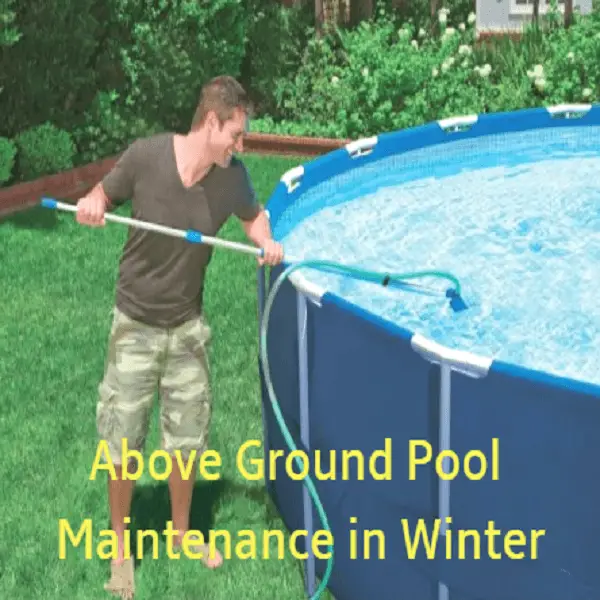
As harsh as winter is on us, it is worse on our above ground pools. We need to protect them from the severe weather. With the necessary tools and gadgets, the process can be more straightforward than expected. Here is how to winterize an above ground pool.
-
Clean the pool
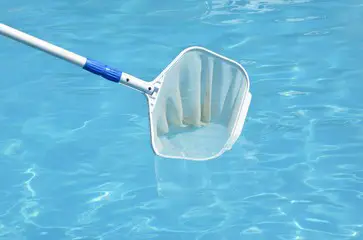
Ensure that the pool is free from all algae and debris by scrubbing the walls of the pool. Use the skimmer net to collect the loose debris and vacuum the bottom to ensure there is no dirt whatsoever. If the pool is left with debris, your winterizing chemicals will not work.
-
Balance the PH of the pool
Prior to winterizing the pool, preferably a week before the actual closing, test and balance the water chemistry. Make sure the chemical levels are within range. Employ the services of your local pool store or use your own test strips if you know your way around them.
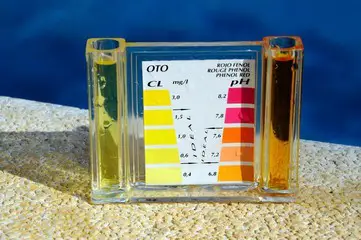
- The pH levels should be between 7.2 and 7.6. The lower the pH levels, the more acidic the water is, and higher the pH levels. Adding the ratio of acid and base in vice versa proportions will help you balance depending on which is higher than the other.
- Alkaline concentrate should be between 80 and 150 ppm. Alkalinity is the measure of carbonates, bicarbonates, and hydroxide among other components of water.
- Calcium concentrates should range from 180 to 220ppm. Too much calcium causes the pump to be calcified over time.
Ensure that your pool teeters are on the higher side of the above ranges rather than the lower.
-
Pool Accessories
Collect and store all pool accessories. Drain the skimmer pipe, disconnect the pump connection, and drain the hose connected to the pump. For PVC pipes blow or suck the water to remove the water and add pool antifreeze in them for extra protection since they crack easily at low temperatures. Store all the drain plugs, even the ones from the filters indoors.
Use 9-inch winter pool plug or the threaded 1.5 plug with O ring on your return line after removing the eyeball, then disconnect and drain the hose.
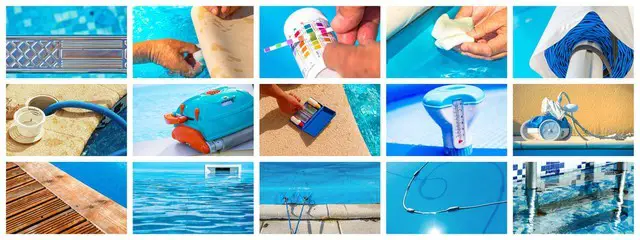
Lower the water levels of the pool just below the mouth of the skimmer. This prevents damage from frozen water. Though, keep in mind that removing too much water from the pool will stress your pool cover, the walls, and the liner.
Ensure that all pumping, filtering, chlorinating, and heating equipment are appropriately drained to avoid frozen water which would result in cracks. Also, after draining all the pool pipes, seal them with plugs. Store them properly in dry places away from any liquids.
Shut off all power supply or gas-powered heater for the pool pumps, lights, heater, and any other accessories for your pool. Collect all the removable ones and store them indoors.
-
Covering
Add chlorine to the water in the pool or the recommended amount of algaecide based on the size of the pool. This is known as shocking the pool. Shocking is best done the night before. Alternatively, you can use the 15 minutes fast-dissolving shock or the typical calcium hypochlorite shock.
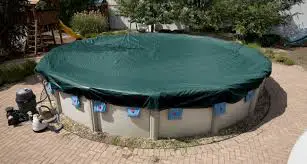
This will work just as well and save you from additional cleaning as is the case with overnight shocking. Cover your pool using cable and winch or a combination of winter cover clips, place the pool winter cover on the pool and over the air pillow and fasten the cover and clip it. Make sure it is a tight fit to keep off blown debris. Always keep an eye on the cover keeping the snow off it.
Conclusion
Winterizing your pool is integral to maintaining the lifespan of your pool as well as the health of the water. It is a simple process which in turn saves you loads of cash and time.